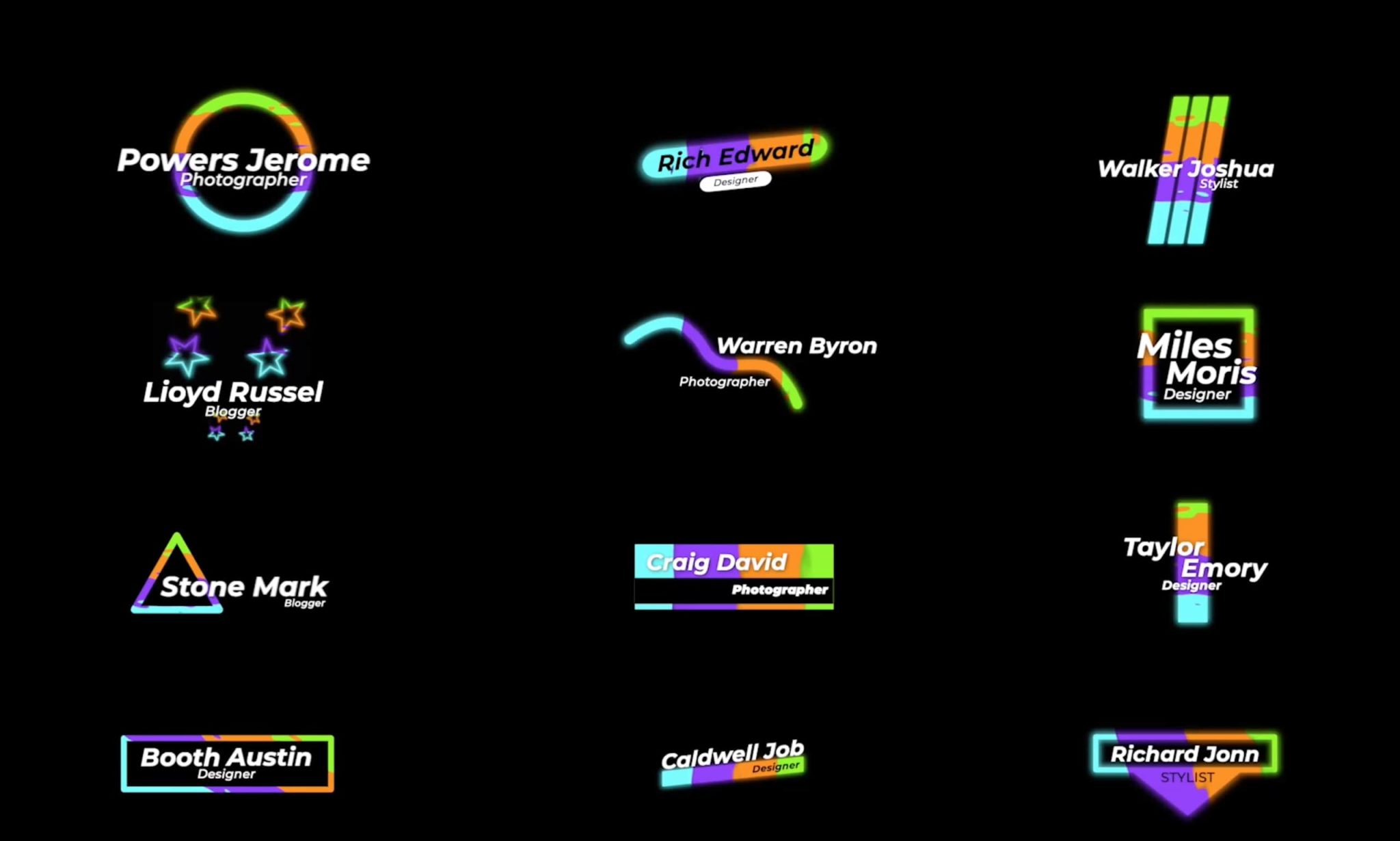
But if that ship has sailed, you can still request that your post team insert a smooth, DCI-compliant, square-pixel render into your DCP authoring timelines. Third, avoid non-standard rasters in your DI workflow.Make separate renders for separate deliverables instead of relying on a single “master” end titles render.



Which, as a reminder, is going to look like this:ĭid we mention how we feel about “1152p”?Įven if your post team swears up and down that that your titles are not being resized, be cautious: HD monitors and 2k D-Cinema projectors still have a maximum vertical resolution of 1080 lines. And here’s why: if your end titles were originally moving at 3 pixels per frame, the “1152p” workflow is guaranteeing a scroll speed of 2.8125 pixels per frame in all of your masters. For example, we’ve previously written about 2048×1152 being a bad idea. Resizing happens when your DI workflow is based off a non-standard raster. 95% of our reports of “omg, jitter” come down to this.
#FINAL CUT PRO TITLES PIXELATED GENERATOR#
This is a great generator to make spheres.not denying that.but for really technical mapping it's fairly inaccurate in "true to size" builds. Thinking it was my error I recounted the chart.three times.but still no joy. The sphere generated by this program seemed too big ( by quite a sizeable margin I might add). When building the sphere I noticed that the 2D sides did not meet up with my (triple checked) reference points mentioned above.

Markers were placed exactly 128 bocks up, down, left and right so it covers all X/Y/Z directions. Before I started I plotted out 6 points all starting out from the 0/0 axis in the end (which I removed all end stone). So I doubled the radius to 256 then generate a sphere based on that. Trying to create a sphere to encapsulate the spawnable area for hostile mobs (wiki: 128 radius from player).


 0 kommentar(er)
0 kommentar(er)
